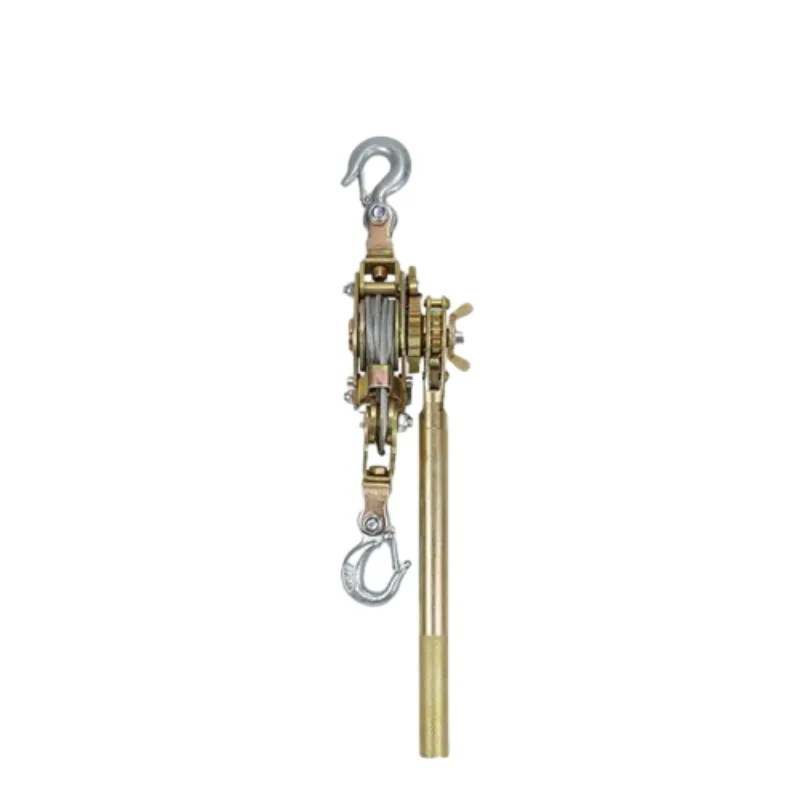
-
 Afrikaans
Afrikaans -
 Albanian
Albanian -
 Amharic
Amharic -
 Arabic
Arabic -
 Armenian
Armenian -
 Azerbaijani
Azerbaijani -
 Basque
Basque -
 Belarusian
Belarusian -
 Bengali
Bengali -
 Bosnian
Bosnian -
 Bulgarian
Bulgarian -
 Catalan
Catalan -
 Cebuano
Cebuano -
 Corsican
Corsican -
 Croatian
Croatian -
 Czech
Czech -
 Danish
Danish -
 Dutch
Dutch -
 English
English -
 Esperanto
Esperanto -
 Estonian
Estonian -
 Finnish
Finnish -
 French
French -
 Frisian
Frisian -
 Galician
Galician -
 Georgian
Georgian -
 German
German -
 Greek
Greek -
 Gujarati
Gujarati -
 Haitian Creole
Haitian Creole -
 hausa
hausa -
 hawaiian
hawaiian -
 Hebrew
Hebrew -
 Hindi
Hindi -
 Miao
Miao -
 Hungarian
Hungarian -
 Icelandic
Icelandic -
 igbo
igbo -
 Indonesian
Indonesian -
 irish
irish -
 Italian
Italian -
 Japanese
Japanese -
 Javanese
Javanese -
 Kannada
Kannada -
 kazakh
kazakh -
 Khmer
Khmer -
 Rwandese
Rwandese -
 Korean
Korean -
 Kurdish
Kurdish -
 Kyrgyz
Kyrgyz -
 Lao
Lao -
 Latin
Latin -
 Latvian
Latvian -
 Lithuanian
Lithuanian -
 Luxembourgish
Luxembourgish -
 Macedonian
Macedonian -
 Malgashi
Malgashi -
 Malay
Malay -
 Malayalam
Malayalam -
 Maltese
Maltese -
 Maori
Maori -
 Marathi
Marathi -
 Mongolian
Mongolian -
 Myanmar
Myanmar -
 Nepali
Nepali -
 Norwegian
Norwegian -
 Norwegian
Norwegian -
 Occitan
Occitan -
 Pashto
Pashto -
 Persian
Persian -
 Polish
Polish -
 Portuguese
Portuguese -
 Punjabi
Punjabi -
 Romanian
Romanian -
 Russian
Russian -
 Samoan
Samoan -
 Scottish Gaelic
Scottish Gaelic -
 Serbian
Serbian -
 Sesotho
Sesotho -
 Shona
Shona -
 Sindhi
Sindhi -
 Sinhala
Sinhala -
 Slovak
Slovak -
 Slovenian
Slovenian -
 Somali
Somali -
 Spanish
Spanish -
 Sundanese
Sundanese -
 Swahili
Swahili -
 Swedish
Swedish -
 Tagalog
Tagalog -
 Tajik
Tajik -
 Tamil
Tamil -
 Tatar
Tatar -
 Telugu
Telugu -
 Thai
Thai -
 Turkish
Turkish -
 Turkmen
Turkmen -
 Ukrainian
Ukrainian -
 Urdu
Urdu -
 Uighur
Uighur -
 Uzbek
Uzbek -
 Vietnamese
Vietnamese -
 Welsh
Welsh -
 Bantu
Bantu -
 Yiddish
Yiddish -
 Yoruba
Yoruba -
 Zulu
Zulu


Dec . 29, 2024 11:36 Back to list
Understanding the Benefits of Sectional Ground Rods for Electrical Systems
Understanding Sectional Ground Rods Essential Components for Electrical Safety
Electrical grounding is a critical aspect of any electrical system, ensuring safety and optimal performance. One of the key components in grounding systems is the ground rod, particularly sectional ground rods. These rods play a pivotal role in the grounding process, offering both performance and installation flexibility.
What Are Sectional Ground Rods?
Sectional ground rods are elongated metal rods made from conductive materials like copper or galvanized steel. Unlike traditional solid ground rods, sectional rods consist of multiple sections that can be easily connected together. This modular design allows for customization based on the depth and soil conditions at a specific installation site, making them a valuable tool for electricians and engineers alike.
Why Use Sectional Ground Rods?
1. Customizability One of the primary advantages of sectional ground rods is their modularity. Since they come in sections, users can determine the optimal length necessary for effective grounding. In areas with high soil resistance, longer ground rods may be necessary to ensure good conductivity, and sectional rods can be extended as needed.
2. Ease of Installation Installing a single, long ground rod can be challenging, particularly in rocky or hard soil. Sectional ground rods can be installed in parts, allowing workers to drive individual sections into the ground without excessive effort. This feature is especially beneficial in unfavorable soil conditions where traditional ground rods would be difficult to install.
3. Transportation and Handling Due to their segmented nature, sectional ground rods are easier to transport and handle. Electricians can carry multiple sections in their vehicle, reducing the need for specialized equipment. This makes sectional ground rods a practical choice for various job sites.
4. Corrosion Resistance Many sectional ground rods are coated or made from materials that resist corrosion. This quality is crucial for ground rods, as they are often buried underground. Corroded rods can lead to electrical failures, safety hazards, and increased maintenance costs. Choosing sectional rods with corrosion-resistant properties can enhance the longevity of the grounding system.
sectional ground rods

How Are Sectional Ground Rods Installed?
The installation process for sectional ground rods is relatively straightforward, yet it requires careful attention to detail. Here are the basic steps involved
1. Site Assessment Before installation, assess the soil condition, moisture levels, and existing underground utilities. This information will help determine the necessary length and number of sections needed for effective grounding.
2. Connecting Sections Begin by connecting the first section of the ground rod to the next. Most sectional rods feature a threaded design for easy assembly.
3. Driving the Rod Use a hammer or specialized installation tool to drive the assembled sectional ground rod into the ground. If the soil is particularly hard, consider using water to soften the area or employ a powered driving tool.
4. Testing the Grounding System After installation, it’s crucial to test the grounding system. Use a ground resistance tester to ensure that the resistance meets the required standards for safety and performance.
Conclusion
Sectional ground rods provide a flexible, efficient, and effective solution for establishing a reliable electrical grounding system. Their customizable design, ease of installation, and resistance to corrosion make them an ideal choice for a variety of applications. As electrical systems become increasingly complex, understanding the importance of proper grounding—and the role that sectional ground rods play—becomes essential for ensuring safety and performance in electrical installations. Choosing the right grounding solution can significantly impact the reliability of electrical systems, ultimately protecting both equipment and users.
Latest news
What Are Construction Tools and How Are They Used?
NewsJul.11,2025
Professional-Grade Duct Rodding Tools for Superior Cable Installation
NewsJul.11,2025
Enhancing Safety and Efficiency with Modern Hot Stick Solutions
NewsJul.11,2025
Empowering Cable Installation with Advanced Rodder Solutions
NewsJul.11,2025
Elevate Your Cable Installation Projects with Cable Pulling Tools
NewsJul.11,2025
Efficient Cable Handling Solutions: Cable Rollers for Sale
NewsJul.11,2025











